
NFT Mindmap



https://web.microsoftstream.com/video/8c3bf225-0b55-436d-9ce7-387214bea506

Save final image here:
M:\Departments\Photography\Students\Image Transfer\IDENTITY & COMMUNITY|NFT/ IMAGE
Our pieces are a look at the past and the future of fashion, showing the contrast between the times. We wanted to capture the idea of fashion coming back from the past and the generational difference as a concept that could be used for other things that make our community. Inspired by the use of expression of identity through clothes and how clothes tell a lot about a person.
The final outcome we produced fits what we intended to create and the message we were portraying about clothing coming back into fashion and being historical and a big part of what makes people fit together as a community. As a group we worked well together and all did what we needed to do as individuals for the final outcome to work together.
Our still image is different from the artists references we chose and looks different to how we intended because we realised that our idea would be too complicated for us and that the simplistic approach we took better suits the message we wanted to portray about the evolution of fashion. However the concepts from the artists mixing old with new is still present in our video where we mix different pictures of Jersey from the past with clothing from the present.
Animation
We met the artist Liam Nunn and he taught us about how to do digital animation in Adobe After Effects. Before to create our small video we had to practiced moving a square. We took a look at how keyframes are placedand we exprienced. We had the opportunity to create a short animation of 5-10 seconds, thanks to the little character Liam Nunn had already created. In the whole 5-10 seconds animation we could make the character do funny face expressions, put stickers that disappeared after a few seconds, change the colours and make every part of her face move.
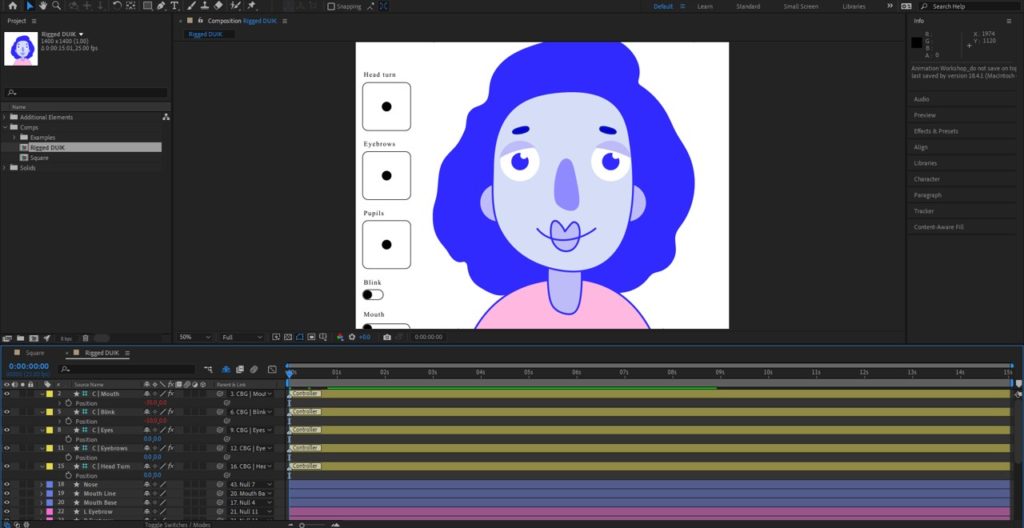
Storyboard
We were ask to develop our group project into a storyboard so that it will provides us a clear plan ahead of what we wish to make onour 30 sec film. We had to included details of individual scenes in our storyboard like shot sizes, the mise-en-scene, the location, props, people, lighting, sound etc.
Storyboard
The term storyboard is used to visually explain and stage a story. This term is used in the world of advertising, cinema and animation. It allows you to cut a temporal sequence or sequence plane by synthesizing the main keyframes and planes that compose it.

Our storyboard
Here is our storyboard, with my group have drawn how our 30 sec video will develop. Then what our project is about feminization decided to cut our video into three parts. Three parts for three different decades on the history of feminism. In group had decided that it could be rather interesting if we link the three decades with doors. Basically every time the model opens a door it opens the door to a better future it was a metaphor. But because of some technical problems we did not involve the doors. We still managed to find another idea to get the messages across in a better and simpler way and it’s what we did in the video.

For our NFT shoot video we want to represent feminism in each decade. We choose those feminist artists because their work express the same way we want to demonstrate our statement. Will use this artist in the same order.
Cindy Sherman

Cindy Sherman wanted to expose the image of women in society and the media. For this she experienced with photography and cinema. The artist’s goal was to create a more critical viewing, She involves her art to show social criticism hoping to sensitize subsequent generations of viewers. She began by painting in a super-realistic style in an art school in the aftermath of American feminism and in the 70s Sherman turned to photography in order to expand his exploration of women’s roles in society. Sherman sought to question the seductive and often oppressive influence of women in the media. Turning the camera on herself in an extensive fantasy Hollywood role-playing game, fashion, mass advertising, and “girl next door” roles and poses, Sherman finally drew her audience’s attention to the powerful machines and makeup behind the countless images circulating in an ever-public and “hip” culture. Sexual desire and domination, the creation of self-identity are hidden behind Sherman’s vast series of self-portraits in various forms. Sherman’s work is central to the era of intense consumerism and image proliferation in the late 20th century.
Clare Rae

In her photographic practice, Clare Rae explores ideas of performance and gesture to interrogate and subvert dominant modes of representation. Her work is informed by feminist theory, and presents an alternate and often awkward experience of the female body. Known for her engagement with domestic and institutional spaces, Rae’s work has recently been captured and exhibited in locations such as the National Gallery of Victoria, Monash University, the Abbotsford Convent, Sutton Project Space and the Substation, Melbourne.
Lissa Rivera
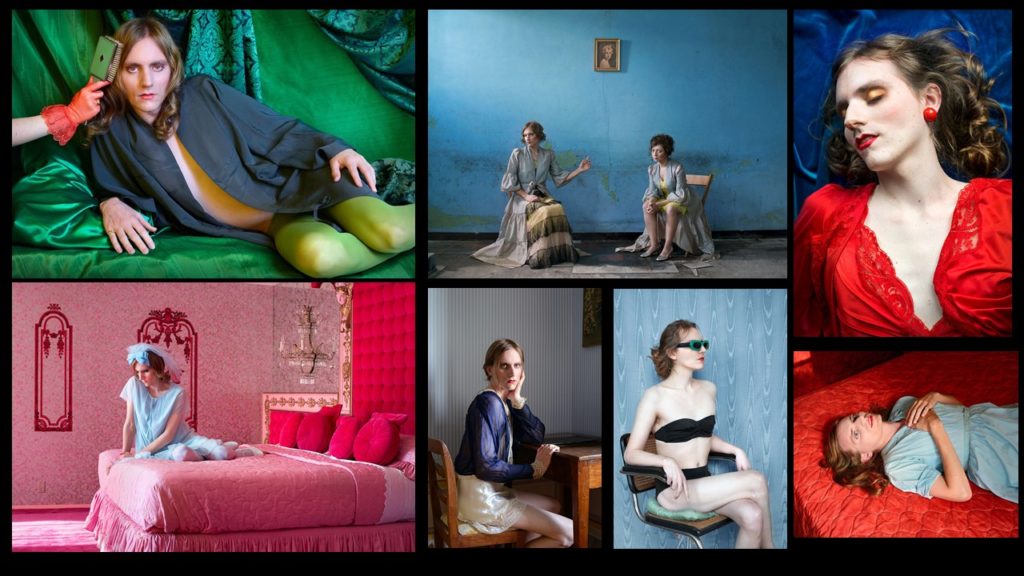
Lissa Rivera challenge the standard, expected norms of what identity and gender are in the medias. Lissa Rivera’s photographie is reliant to her personal history, she always felt unconmfortable by the expectations that were put on her to be feminine in a certain way. She feels that part of your identity had to do with what you see: by looking at pictures, movies or even videos online. People to adapt themselves to culture. Her photographies are a way to feel like home. She takes pictures of her partner BJ. Together they explore identity in relionships. Bj being an art historian, Lissa Rivera’s photographies are inpired of art history. In these collection Rivera takes pictures of the vulnerability and emotions of her partner she find beauty in it.
‘A non-fungible token is a unique and non-interchangeable unit of data stored on a digital ledger. NFTs can be used to represent easily-reproducible items such as photos, videos, audio, and other types of digital files as unique items, and use blockchain technology to establish a verified and public proof of ownership.’
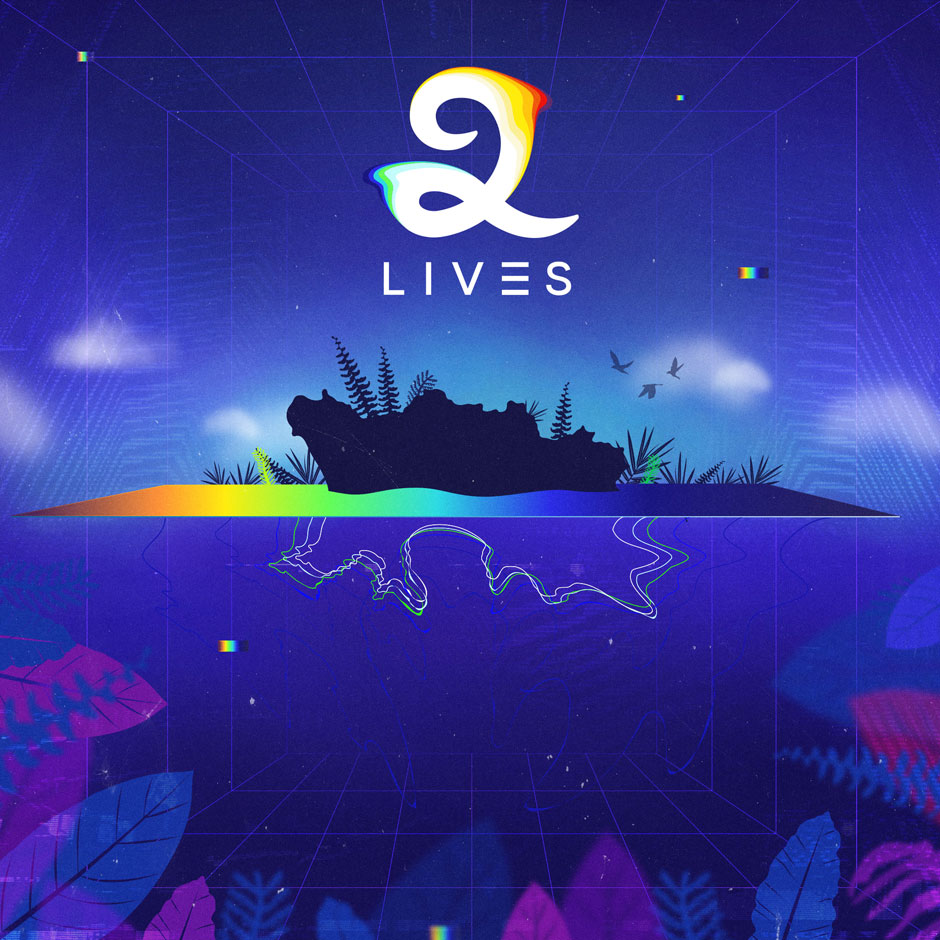
2 Lives is Jersey’s first Art Exhibition that connects Art and Finance, through the introduction of NFTs. This project is destined to shape the future of the Art world, leveraging NFTs as a tool to create new opportunities and communities. 2 Lives was created by Francesco Vincenti & Claudia Runcio who came to live in Jersey in 2020. Their vision is to create a format for future NFT exhibitions that can be replicated around the world in different shades and configurations.
‘What we want to leave in Jersey is a seed and a promise of prosperity, a moving platform on which creators, artists, business professionals and students can grow.’
Also known as Mike Winklemann, Beeple is now the third most valuable living artist after selling an NFT collage for a record-smashing $69 million. The historical sale brokered through Christie’s in a first of the kind of the famed auctioneer whipped up a frenzy of interest for NFTs and the broader sphere of cryptocurrencies.
/cdn.vox-cdn.com/uploads/chorus_image/image/68948366/2021_NYR_20447_0001_001_beeple_everydays_the_first_5000_days034733_.0.jpg)
The Charleston native had previously set a NFT art world record after selling $582,000 worth of cryptocurrency art in five minutes. Beeple’s 1.7 strong social media following results from him sharing animations and illustrations every single day over the last 13 years. You may even be familiar with some of his creations. The digital artist has developed concert visuals and Flying Lotus videos for renowned rap performers Eminem and Nicki Minaj.
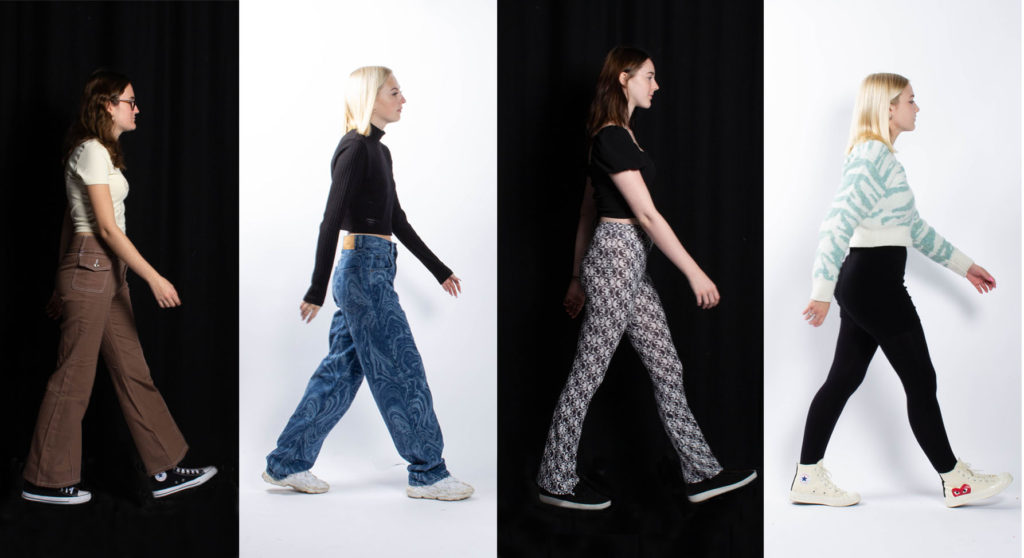
Overall the process of the NFT was challenging on creating the correct timing for the movement and music while trying to add a contrast of presenting the clips and having the time of multiple different ones to start and finish at the same time by adjusting the timings of the movement. The use of different colours and patterns to arrange them to fit together is very effective as they are balanced very well. The digital image was composed by different clips of the NFT and edited two of the images to make the background black and white. This was effective because it shows a change in fashion in the digital image yet the background colour doesn’t drain the image of the focus.
New Normal:
This is the link to our final video, New Normal.
This film was created to highlight the fact that everyone should be able to wear what they want, when they want. We added a voice over as well as music in the background of the video. We did this so that the message of the video was fully understood and conveyed.
The background of the video highlights the fact that colours are often stereotyped to a gender. However the white colour highlights the fact that clothes should be gender neutral, that is why we had a male model wearing a dress.
The voiceover is to further emphasise that people should be themselves and that no one’s opinion should sway how they feel about themselves or stop them from expressing themselves. The voice over is a male because many judge men for dressing more feminine and call them derogative terms. The stereotyping of fashion could be harmful to the person’s mental health. Men are often thought as strong, unemotional and self sufficient. Often if men do not act this way they are seen as weak and fragile. The most common derogative names given to men who are not the media’s idea of masculine are called “flamboyant”, “gay” or “pansy”. Though these words in general are not commonly used to be offensive; the media has caused these regular words to be seen as rude and should someone be called these, they are not good enough.
Although we focused on the male perspective in our project that does not mean that this topic does not apply to women. Women have been called “sluts”, “tramps” or even “slapper”. The media judges women on the length of their clothing as well as their appearance (e.g. makeup) and brands a label on them which will often be seen by younger audiences which are more easily swayed by the media and its opinions, and will plant an idea of what they ‘should’ be wearing when they actually should be able to wear what the want without the fear of someone telling them they don’t look normal.
The media is the worst thing to read if you want to feel happy with yourself. The media constantly fixates on the topic of fixing yourself or making yourself look like the most famous celebrity (that often has a hair and makeup team, and possibly plastic surgery). The media shows celebrity “flaws” which then sways the reader’s mind on what they see as an acceptable way to look and dress.
A storyboard is a collection of images in a certain order to portray a concept someone wishes to execute in their film.
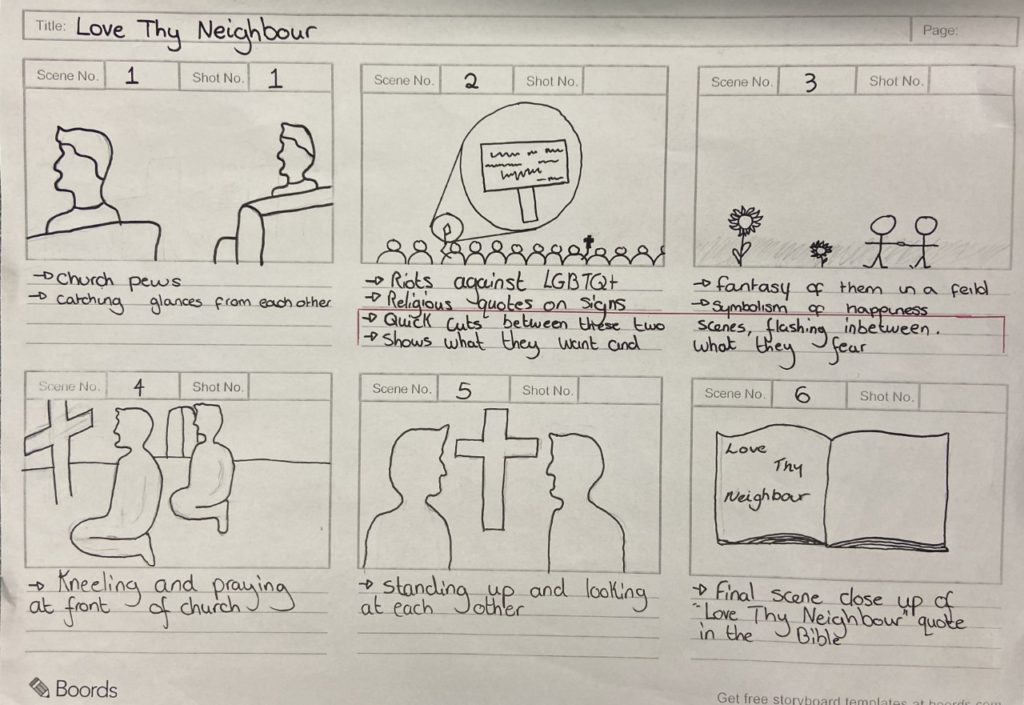
The first picture illustrates the idea of the film containing same-sex actors within a church, sharing looks and doing personal readings of the bible, at a distance. We then wish to find authentic clips of old riots/protests against LGBTQ rights to use in the middle of the film, this is to project a clearer idea to the audience and adds a real element to the film, showing that is actually happens in real life. We will be flicking these clips in-between dazed, over exposed fantasy scenes that we will shoot in an open field with natural lighting. The aim of the middle is to show the thoughts of the pair if they wish to pursue a homosexual relationship, thinking of both negative and positive impacts on their lives, considering religion.
To end the film, we will direct the couple to move to sit together, there then they will compare positive verses they have both found. This is to show that they are supporting each other, helping to show the other how to accept their sexuality.
To link back to the title and topic, we will present the verse which states ‘love thy neighbour’ as a close up. We chose this verse as it can be interpreted as an umbrella for christianity to encourage all to accept those for who they are, de-stigmatising learnt prejudice from society.
We asked our model to wear different outfits:
Screenshots from unedited film footage
Outfit 1



We wanted the model to be more serious and stereotypically masculine whilst wearing the first outfit. We did this because we wanted to show the changes in his confidence, when he was wearing the different outfits.
When this is edited the green screen will be a light blue colour to highlight the masculinity of our model. Blue is associated with the male gender. It is also linked with the ocean which is known to be fierce and uncontrollable. As well as the ocean, blue is associated with the sky and which is a major part in our life as it protects us from the universe around us.
Outfit 2




The second outfit was used to show a slight transition between the 1st and 3rd outfit. The baggy sweatshirt is hiding the masculine shirt; this could be seen as the beginning of the model feeling more confident in dressing in feminine outfits.
We wanted there to be serious poses as well as more laid-back / happier poses, leading up to the final outfit. We wanted to show the fact that the model doesn’t need to act a certain way to wear a certain style of clothes.
Outfit 3



For this outfit we asked the model to be a little bit more confident with his poses to ensure that it’s known that he doesn’t care what people think about him.
Outfit 4



For the final outfit, our model had more serious poses in the original unedited video (which is where I got my screenshots from), however the footage used in the video is showing the model being a lot more laid-back and relaxed in the outfit that he is in.
We used the footage from when the model was in this outfit throughout the film to help foreshadow what will be happening at the end of the film.